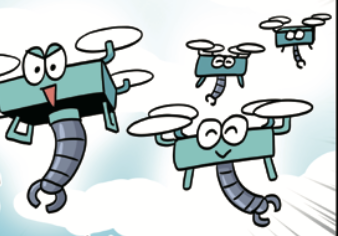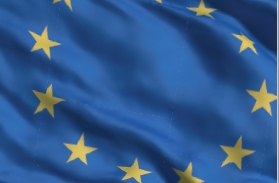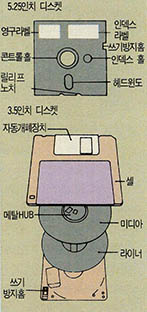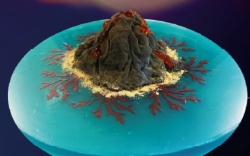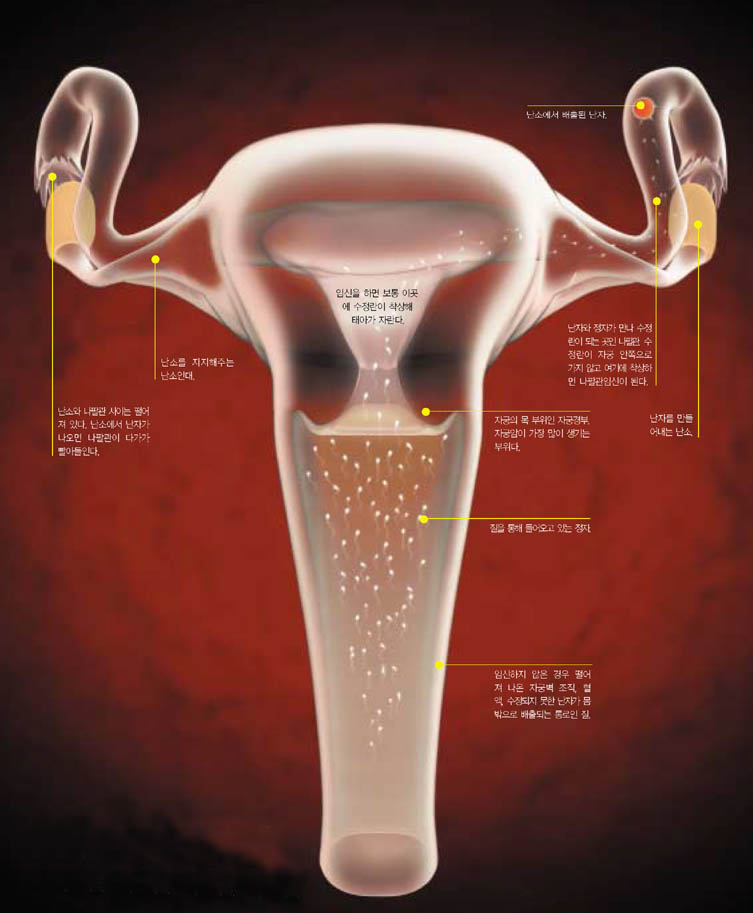● Dr.Amory Lovins(Green activist) Amory Lovins had the solution to the energy problem in 1976. It’s taken the rest of us 33 years to catch up. In the wake of the 1973 Arab oil embargo, Lovins wrote his seminal piece in Foreign Affairs about what he called ‘the hard’ and ‘the soft’ energy paths.
The hard energy path, which most people advocated, involved process securing more and more fossil fuel at any price. Meanwhile, the soft energy path involved process looking for new and renewable energy sources. In 1982, Lovins, who had studied physics and the arts at Harvard and Oxford, founded the Rocky Mountain Institute, where he kept his green dream going, calling for cars that hacked away at the inefficiencies of the postwar era. Now 61, he is watching as his past arguments become accepted as wisdom and is even helping in the transition away from fossil fuels. It’s been a long wait - more than three decades - but Lovins’ patience is clearly being paid off.
● Dr. Nicholas Christakis(Harvard physician had socilogist) Social scientists used to have a straightforward, if tongue-in-cheek, answer to the question of how to become happy: Surround yourself with people who are uglier, poorer and shorter than you are, and who are unhappily married and have annoying kids. You will compare yourself with these people, and the contrast will cheer you up. You Dr. Nicholas Christakis, 47, a physician and sociologist at Harvard University, challenges this idea. Using data from a study that tracked about 5000 people over 20 years, he suggests that happiness, like the flu, can spread from person to person. When people who are close to us, both in terms of social ties and physical proximity, become happier, we do too. For example, when a person who lives within a mile of a good friend becomes happier, the probability that this person’s good friend will also become happier increases 15%. More surprising is that the effect can transcend direct links and reach a third degree of separation. That is, when a friend of a friend becomes happier, we become happier, even when we don’t know that third person directly. This means that surrounding ourselves with happier people will make us happier, make the people close to us happier, and make the people close to them happier. But social networks don’t transmit only the good things in life. Dr. Christakis found that smoking and obesity can be socially infectious too. If his thesis proves out, then the saying that you can judge a person by his or her friends might carry more weight than we thought.
해석 ● 아모리 러빈스 박사(녹색 활동가) 해석●아모리 러빈스 박사 (녹색 활동가) 아모리 러빈스는 1976년에 에너지 문제에 대한 해결책을 갖고 있었다. 일반인들이 그의 아이디어에 따라잡는 데는 33년이나 걸렸다. 1973년 아랍 국가들이 석유 공급중단을 단행했을 때, 러빈스는 ‘포린 어페어’지에 에너지에 관한 ‘강경책’과 ‘온건책’ 두 가지 방법에 관한 글을 썼다.
당시 대부분의 사람들은 어떠한 비용이 들더라도 더 많은 화석연료를 확보하자는 강경책을 더 선호했다. 그에 반해 온건책은 새롭고 재생 가능한 에너지원을 찾자는 내용이었다. 하버드에서 물리학을 공부한 뒤 옥스퍼드에서 예술을 공부한 러빈스는 1982년, 그의 녹색 꿈을 실현하기 위해 록키 마운틴 연구소를 설립하고 이곳에서 전후(戰後)에 남은 비효율적 자동차들을 폐기하자는 주장을 했다. 이제 61세가 된 러빈스는 그의 오랜 주장이 가치 있게 받아들여지고 있음을 보고, 화석연료를 지양하려는 움직임을 돕고 있다. 30년이 넘는 오랜 기다림이었지만 러빈스의 기다림은 확실히 보상받고 있다.
●니콜라스 크리스타키스 박사 (하버드대 내과의 겸 사회학자) 사회학자들은 행복해지는 방법을 묻는 질문에 유머러스하면서도 분명한 답을 내놓는다. “당신의 주위를 당신보다 못생기고, 가난하고, 키가 작고, 불행한 결혼을 했고, 말 안 듣는 아이를 가진 사람들로 둘러싸게 하라. 당신은 자신을 그들과 비교함으로써 기운이 나게 될 것이다.”
하버드대 내과의 겸 사회학자인 니콜라스 크리스타키스 박사(47세)는 이와 같은 생각에 반대한다. 그는 20년에 걸쳐 약 5천명을 연구한 결과 행복은 감기처럼 사람에게서 사람으로 옮겨진다고 주장한다. 우리와 사회적 또는 물리적으로 가까운 사람들이 행복할 때 우리도 함께 행복해질 확률이 15% 정도 상승한다. 더 놀라운 점은 이 효과가 직접관계를 넘어 한 다리 건너서도 지속된다는 점이다. 우리의 친구의 친구가 행복해지면 비록 우리가 그를 직접적으로 알지 못한다고 해도 우리 역시 행복해지는 셈이다. 이것은 우리가 행복한 사람들에 둘러싸이면 우리도 행복해지고 주변인들도 행복해지며 주변인의 주변인들까지도 행복해질 수 있음을 의미한다. 그러나 이 사회적 연결망으로 좋은 것만 전달되는 것은 아니다. 크리스타키스 박사는 흡연이나 비만 역시 사회적으로 전염될 수 있다고 말한다. 만일 그의 말이 맞는다면 친구로 사람을 판단할 수 있다는 말이 우리의 생각보다 더 신빙성이 있는 것일지도 모른다.
※ 기사 원문의 저작권은 타임워너사에 있으며, 본 원고는 한국의 학생들을 위해 수정 및 재편집됐음을 알려 드립니다.





